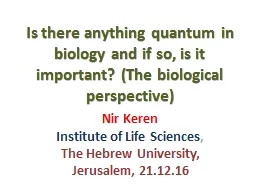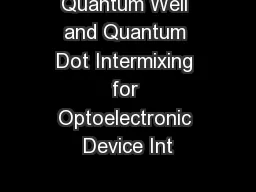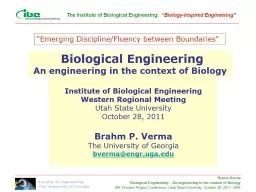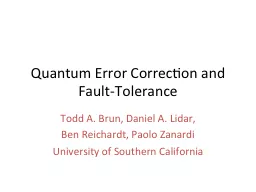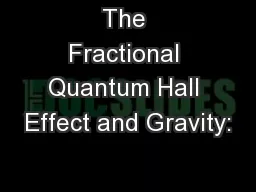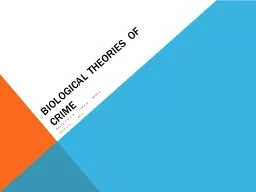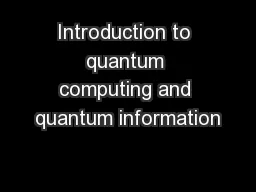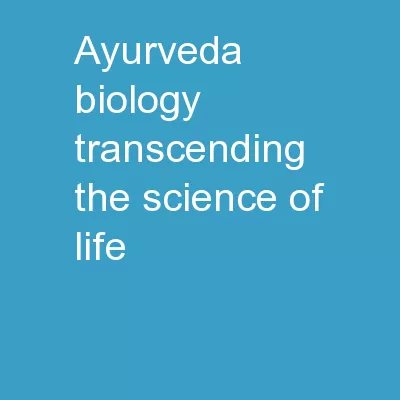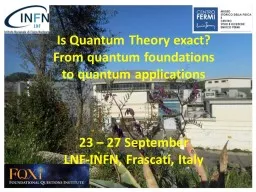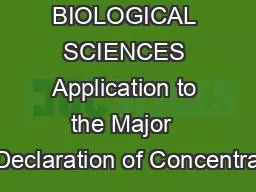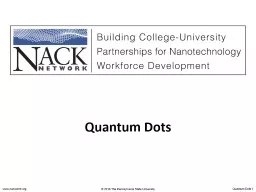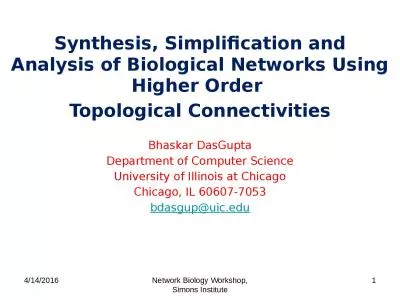PPT-Is there anything quantum in biology and if so, is it important? (The biological perspective)
Author : enteringmalboro | Published Date : 2020-08-06
Nir Keren Institute of Life Sciences The Hebrew University Jerusalem 211216 What is life Life is a characteristic distinguishing physical entities having biological
Presentation Embed Code
Download Presentation
Download Presentation The PPT/PDF document "Is there anything quantum in biology an..." is the property of its rightful owner. Permission is granted to download and print the materials on this website for personal, non-commercial use only, and to display it on your personal computer provided you do not modify the materials and that you retain all copyright notices contained in the materials. By downloading content from our website, you accept the terms of this agreement.
Is there anything quantum in biology and if so, is it important? (The biological perspective): Transcript
Download Rules Of Document
"Is there anything quantum in biology and if so, is it important? (The biological perspective)"The content belongs to its owner. You may download and print it for personal use, without modification, and keep all copyright notices. By downloading, you agree to these terms.
Related Documents

